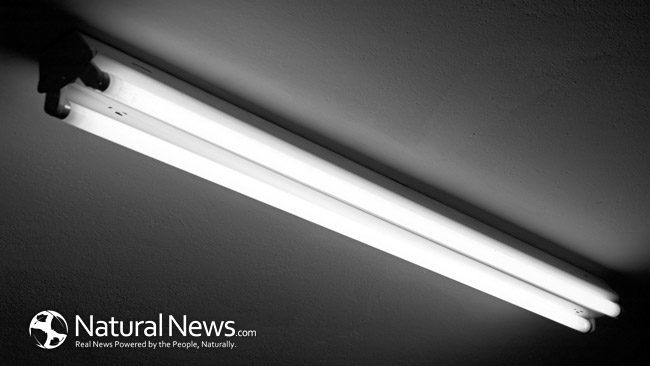CFL’s or Compact Fluorescent Light bulbs were meant to replace traditional round incandescent light bulbs. They were touted to be cost and energy effective, but what many consumers didn’t know was that CFLs contain hazardous mercury gas. In addition to mercury, Peter Braun at Berlin Germany’s Alab Laboratory, found that when the bulbs are turned on several carcinogenic chemicals and toxins are released into the environment, including phenol and naphthalene. (1)
Energy Independence and Security Act of 2007 (EISA)
In response to EISA, on January 1, 2014 U.S. manufacturers stopped making and importing incandescent lightbulbs. (2) Unless someone has stored incandescent lightbulbs they are forced to use CFLs or LEDs. The Energy Independence and Security Act of 2007 was signed by President Bush in 2007. EISA required bulbs to be 25 to 30 percent more efficient by 2014 and 70 percent more efficient by 2020. Ironically one of the aims of this new law is to protect consumers. (3) In Subtitle B, Section 321.2, of the document it directs the Secretary of Energy to “Carry out a proactive national program of consumer awareness, information, and education about lamp labels and energy-efficient lighting choices.” (4) Wouldn’t advising the public that these bulbs contain mercury and other toxins come under public information and education?
Mercury is a potent neurotoxin
Mercury can damage the brain, kidneys, liver and central nervous system. Infants and children are particularly vulnerable to the toxic effects of mercury. At low levels mercury can cause a number of health problems including tremors, irritability, mood swings, nervousness, impaired motor function and decreased cognitive function. (5) One CFL bulb contains 4-5 milligrams of mercury, which is enough to contaminate 6,000 gallons of water.
Electrical sensitivity
According to the Research & Training Center on Independent Living approximately 8 million Americans have electrical sensitivity (2011). Electrical sensitivity, is a chronic or systemic reaction to electrical wiring, electrical equipment, transformers, Smart Meters or lighting. The symptoms include burning sensation, dizziness, fatigue, rashes, sleep abnormalities, muscle aches and pains, headaches, inability to focus or concentrate and other health problems. CFLs contribute to electrical sensitivity due to their high electromagnetic radiation emissions. According to the Electrosensitivity UK News, CFL bulbs pose significant accumulative dangers to individuals who have electrical sensitivity issues.
How to clean up a broken CFL bulb (This information is taken directly from the EPA page listed below)
http://www2.epa.gov/cfl/cleaning-broken-cfl
Before Clean Up
- Have people and pets leave the room.
- Air out the room for 5-10 minutes by opening a window or door to the outdoor environment.
- Shut off the central forced air heating/air-conditioning system, if you have one.
- Collect materials needed to clean up broken bulb:
- stiff paper or cardboard;
- sticky tape;
- damp paper towels or disposable wet wipes (for hard surfaces); and
- a glass jar with a metal lid or a sealable plastic bag.
During Clean Up
- DO NOT VACUUM. Vacuuming is not recommended unless broken glass remains after all other cleanup steps have been taken. Vacuuming could spread mercury-containing powder or mercury vapor.
- Be thorough in collecting broken glass and visible powder. Scoop up glass fragments and powder using stiff paper or cardboard. Use sticky tape, such as duct tape, to pick up any remaining small glass fragments and powder. Place the used tape in the glass jar or plastic bag. See the detailed cleanup instructions for more information, and for differences in cleaning up hard surfaces versus carpeting or rugs.
- Place cleanup materials in a sealable container.
After Clean Up
- Promptly place all bulb debris and cleanup materials, including vacuum cleaner bags, outdoors in a trash container or protected area until materials can be disposed of. Avoid leaving any bulb fragments or cleanup materials indoors.
- Next, check with your local government about disposal requirements in your area, because some localities require fluorescent bulbs (broken or unbroken) be taken to a local recycling center. If there is no such requirement in your area, you can dispose of the materials with your household trash.
- If practical, continue to air out the room where the bulb was broken and leave the heating/air conditioning system shut off for several hours.
If you have further questions, please call your local poison control center at 1-800-222-1222.





